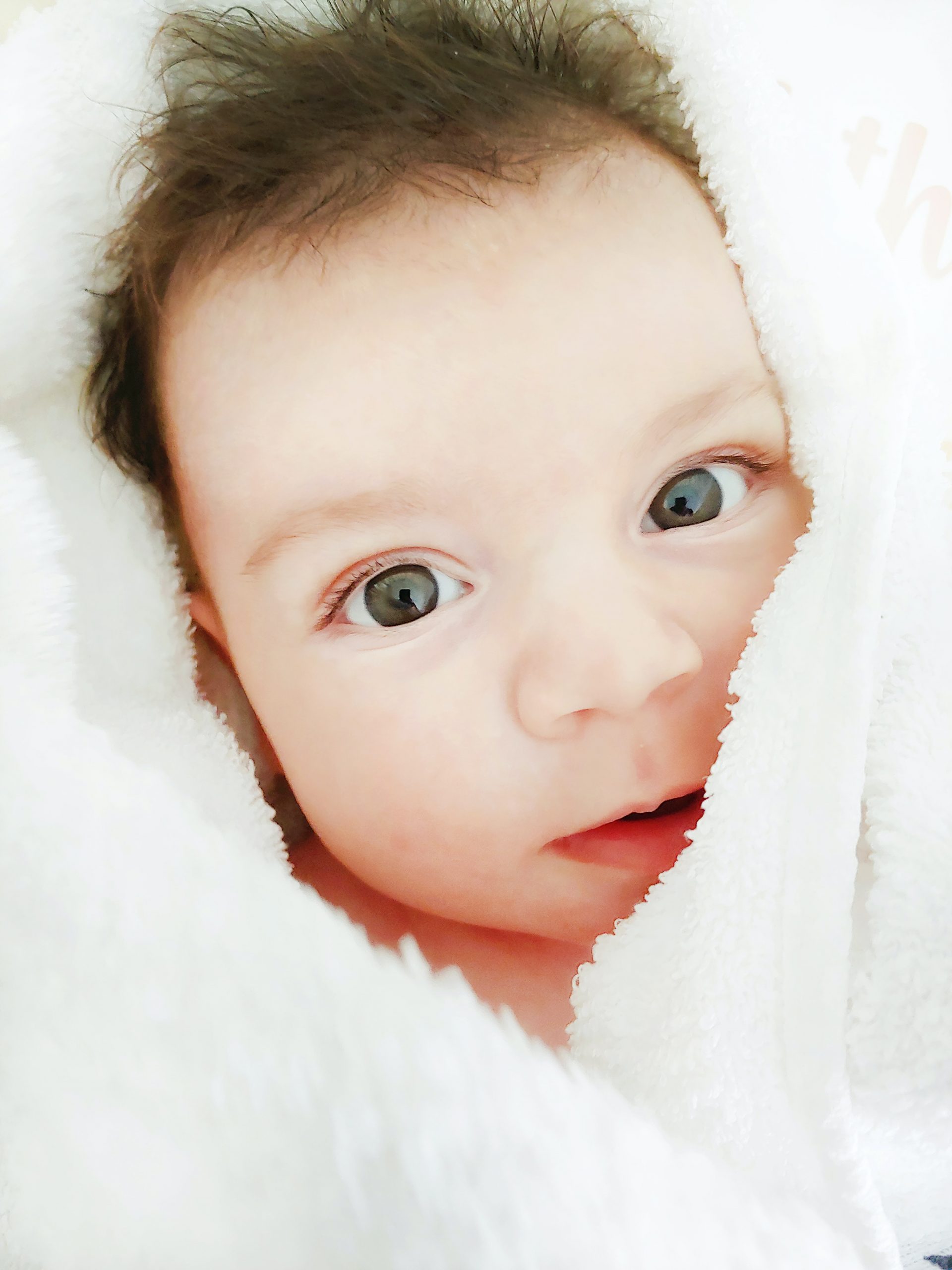Visual Development and Object Recognition
108
Learning Objectives
Be able to describe the developmental changes of visual acuity in humans.
Know what the causes of developmental changes of visual acuity are.
Be able to describe the developmental changes of contrast sensitivity function and hyperacuity.
Developmental Changes of Visual Acuity in Humans
The womb is a dark environment void of visual stimulation. Consequently, vision is the most poorly developed sense at birth and time is needed to build those neural pathways between the eye and the brain. Newborn visual acuity is about 20/400, which means that an infant can see something at 20 feet that an adult with normal vision could see at 400 feet. Thus, the world probably looks blurry to young infants.
The visual system is basically functional by one year of age. Depth perception begins at three months (evidence from vergence that eyes track objects as they get closer, and stereo vision). Infants understand that closer things are larger at about seven months.
Causes of Developmental Changes of Visual Acuity
The primary cause of poor visual acuity is that humans are born with underdeveloped neurons:
- Retinal photoreceptors have big inner segments and small outer segments, so visual information is undersampled.
- Cortical neurons have relatively sparse connections. The first six months of development witnesses a great elaboration of connections (note neural density is roughly the same, but connections between axons and dendrites are much richer).
The Developmental Changes of Contrast Sensitivity Function and Hyperacuity
Many aspects of vision continue to change for the first several years of life. The contrast sensitivity function (detection threshold as a function of spatial frequency) makes good progress toward “normal” (peak sensitivity: 4 cycles/degree) during the first several years of life, but does not reach adult form until about 10 years old. Hyperacuity (the ability to perform better on a Vernier acuity task than predicted by normal visual acuity) develops after about 10 years. This skill requires an extrapolation of straight lines to achieve hyper-resolution.

Open Textbook Library, Child Growth and Development.
Provided by: College of the Canyons
URL: https://open.umn.edu/opentextbooks/textbooks/child-growth-and-development.
License: CC-BY 4.0

